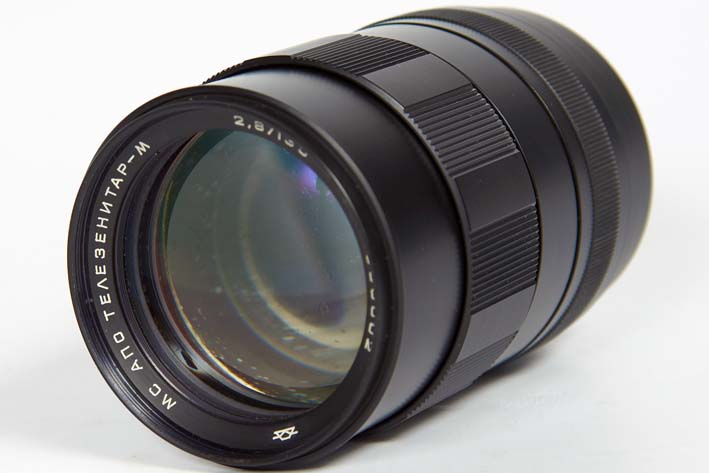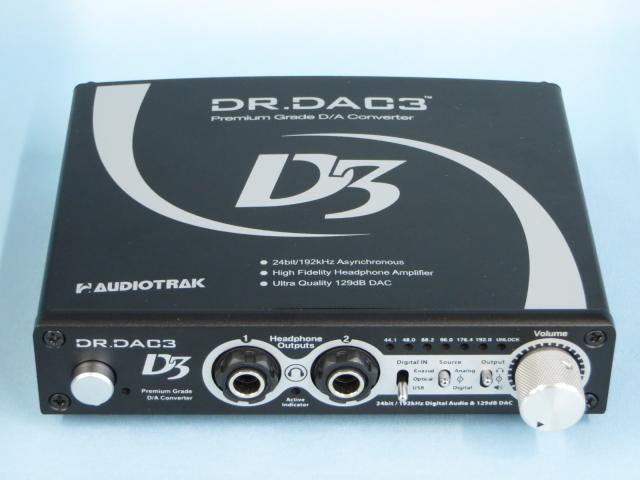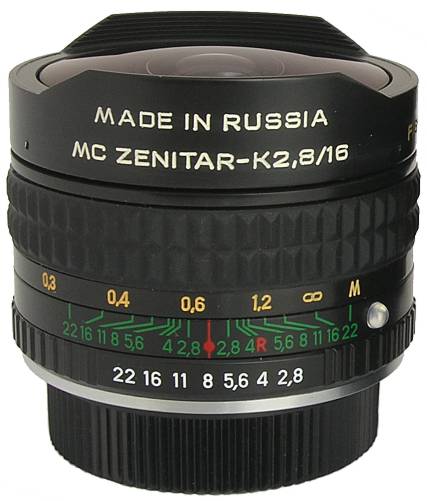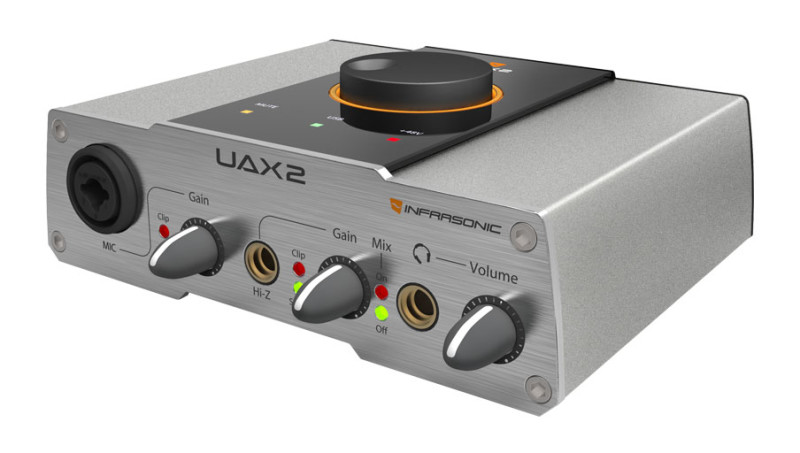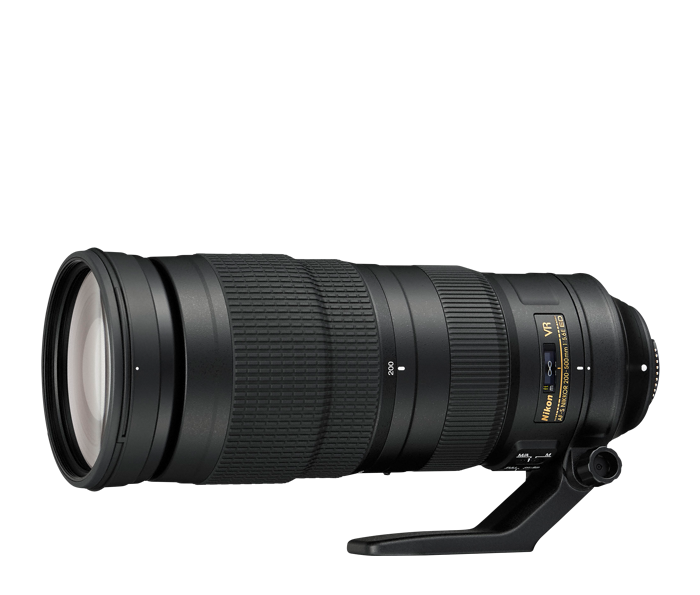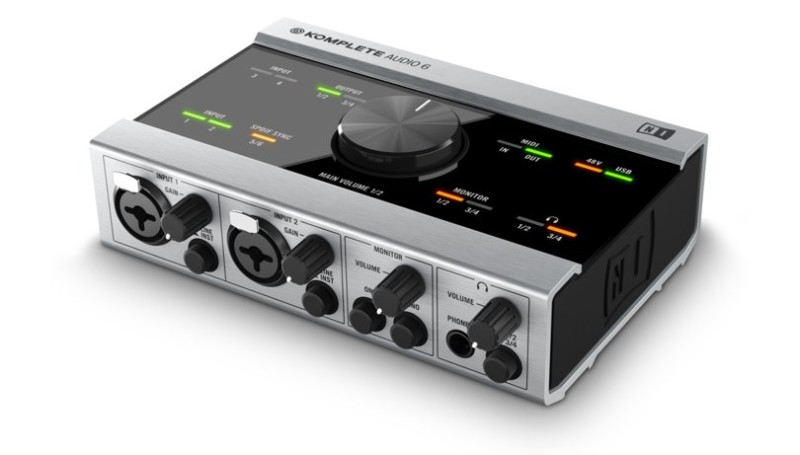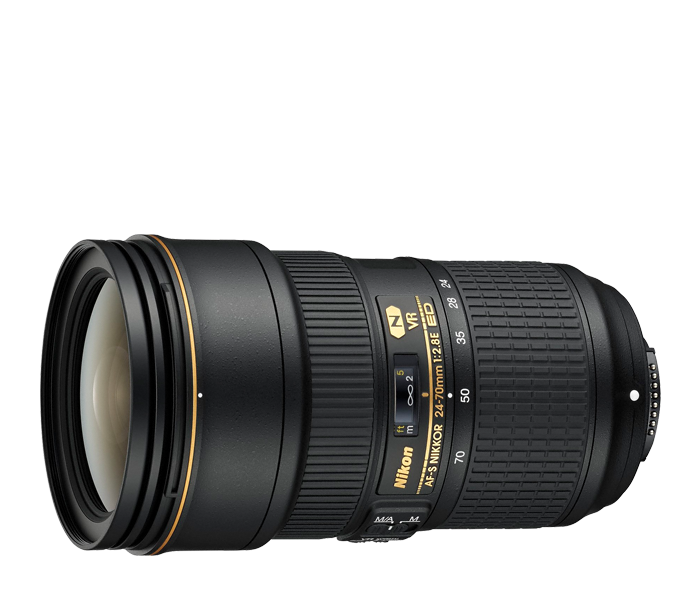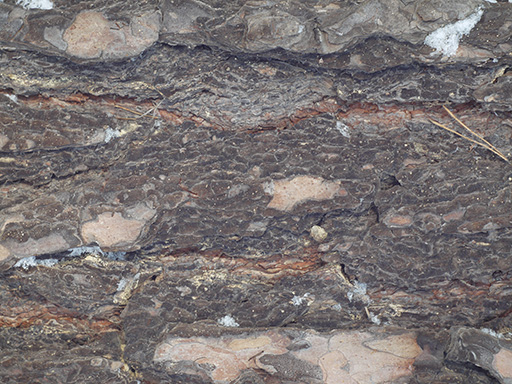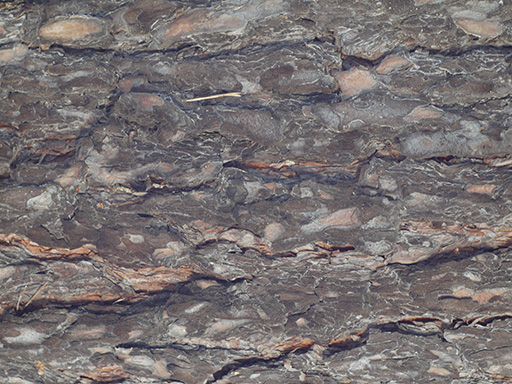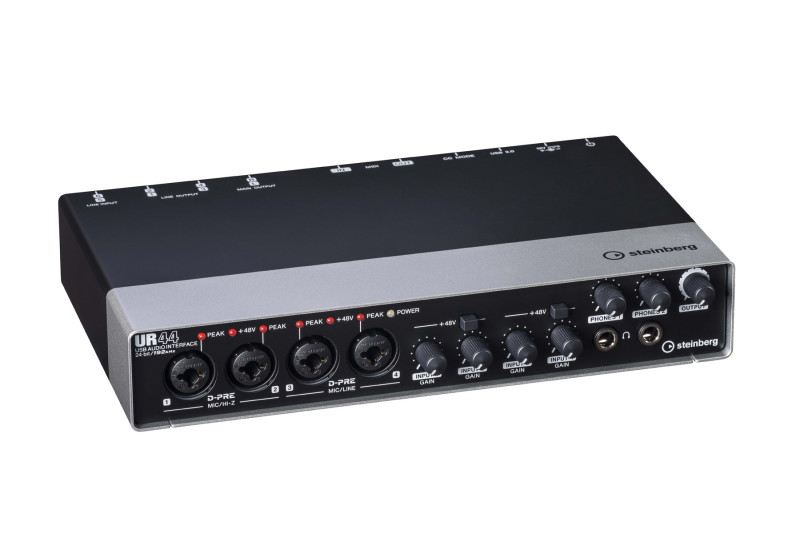
Lets continue our reviews of external sound cards with relatively new and very functional device Steinberg UR44. It is connected to computer via USB port, it is powered via it and additional power adapter. It works with sound with 192 kHz sampling rate ( and also supports rates 44.1, 48, 88.2, 96 and 176.4 kHz ) and 24 bits precision. It has 2 XLR/TRS combined inputs for microphone and Hi-Z input and 2 the same connectors for microphone and linear input ( for them card has phantom power +48 V switches and indicators, volume level controls and clip indicators ); 2 monitor headphones outputs with separate volume control. As well as overall device’s outputs volume control.

On back panel it has MIDI input and output, 2 main linear TRS outputs, 4 linear TRS outputs and 2 linear TRS inputs; USB port for connection to computer, power adapter input, power button and Class Compliant mode switch. For all microphone inputs audio card uses high quality Yamaha D-PRE Class-A preamplifiers; it has built in hardware VST 3 effects, their processing is handled by Yamaha SSP2 DSP. Steinberg UR44 can be switched into CC ( Class Compliant ) mode, in which it can work with Apple iPad devices version 2 or newer; this way there is ability to obtain high quality mobile recording solution.
Steinberg UR44 is powered from separate line adapter, plugged in through separate port; its mass is 1.6 kg and sizes are 252 ( width ) x 47 ( height ) x 159 ( depth ) mm, it is released only black-silver color variant with fully aluminum body. Audio interface is supplied with DAW Cubase AI and VST effects and processors set Basic FX Suite. Dynamic range of device is 101 dB ( A-Weighted ), working frequencies range 20 Hz – 22 kHz ( with +0.1/-0.2 dB deviation ) and THD+N is equal to 0.003%.
For installation of DAW Cubase AI there is need in connection to Internet for downloading of additional data with 500 MB size. Steinberg UR44 supports following DSP effects : Latency-free monitoring with FX ( dspMixFx ), True Integrated Monitoring with FX in Cubase, Guitar Amp Classics, REV-X Reverb, Sweet Spot Morphing Channel Strip, Phase switch per channel and High-Pass filter. Cubase AI – is a simplified version of professional DAW of Steinberg, it is based on the same audio engine with 32-bits float precision of calculations; can work simultaneously with 32 sound tracks, 48 MIDI tracks and 16 instrumental tracks with ability to record completed compositions to disk in WAV and AIFF formats, and in MP3 after purchsing of according module. For audio and MIDI editing in program following editors are built-in : Key, Score and Drum, pitch-shift instrument AudioWarp with support of ACID files format, which allows to use large amount of already created sounds samples, and Chord Track editor. 28 VST effects and processors are built into it for work with sounds, sampling synthesizer instrument HALion Sonic SE with 180 sound; mixing console with 4 Inserts and 4 Sends for each track and equalizer. DAW Cubase AI can work in 32 and 64 bits operating systems Windows and Mac OS X.
Sound card is supplied with DAW Cubase AI, with which it is closely integrated, because card and DAW has the same manufacturer. Wherein it can work with other DAWs : FL Studio, REAPER, Cackewalk Sonar and others through ASIO 2.0 and WDM or Core Audio for Windows ( XP, Vista, 7, 8, 8, 8.1 and 10 ) and Mac OS X, accordingly. Body of audio card is produced from metal, this makes it easier to use card for mobile recordings and on the open scenes and reduces electromagnetic interference on the card’s internals. Also in the package with Steinberg UR44 device itself there are : CD-ROM disk with drivers and programs, USB cable, power adapter, warranty card and user’s guide. On optical disk there are following programs : Yamaha Steinberg USB Driver, UR44 Extension ( for integration with DAW Cubase ), dspMixFx UR44 ( for integration with other DAWs ), Basic FX Suite ( Sweet Spot Morphing Channel Strip – compressor and equalizer, REV-X – reverberation, and Guitar Amp Classics – program emulator of electric guitar amplifier ) and electronic versions of user’s guides of device and programs.
All in all Steinberg UR44 is very functional sound card, which has very good characteristics and high quality hardware and costs the same amount of money or even less, than similar devices from other manufacturers; its price is around 250 USD. There is also ability to look on other audio interfaces of Steinberg, Behringer, Focusrite, Roland, ESI, M-Audio, Alesis and other companies production, which can have better analogue characteristics.
Steinberg – is a German company – creator of DAWs, VST effects, processors and instruments and also of audio interfaces, being based in Hamburg. It was established in 1984 year and now is being owned by Yamaha Corporation from 2004 year. At current moment Steinberg is one of the leading audio equipment and programs manufacturers in the world, for example, its professional DAW, instruments and hardware are used by following musicians : Hans Zimmer, Junkie XL, Justice, Kraftwerk, New Order and others.
